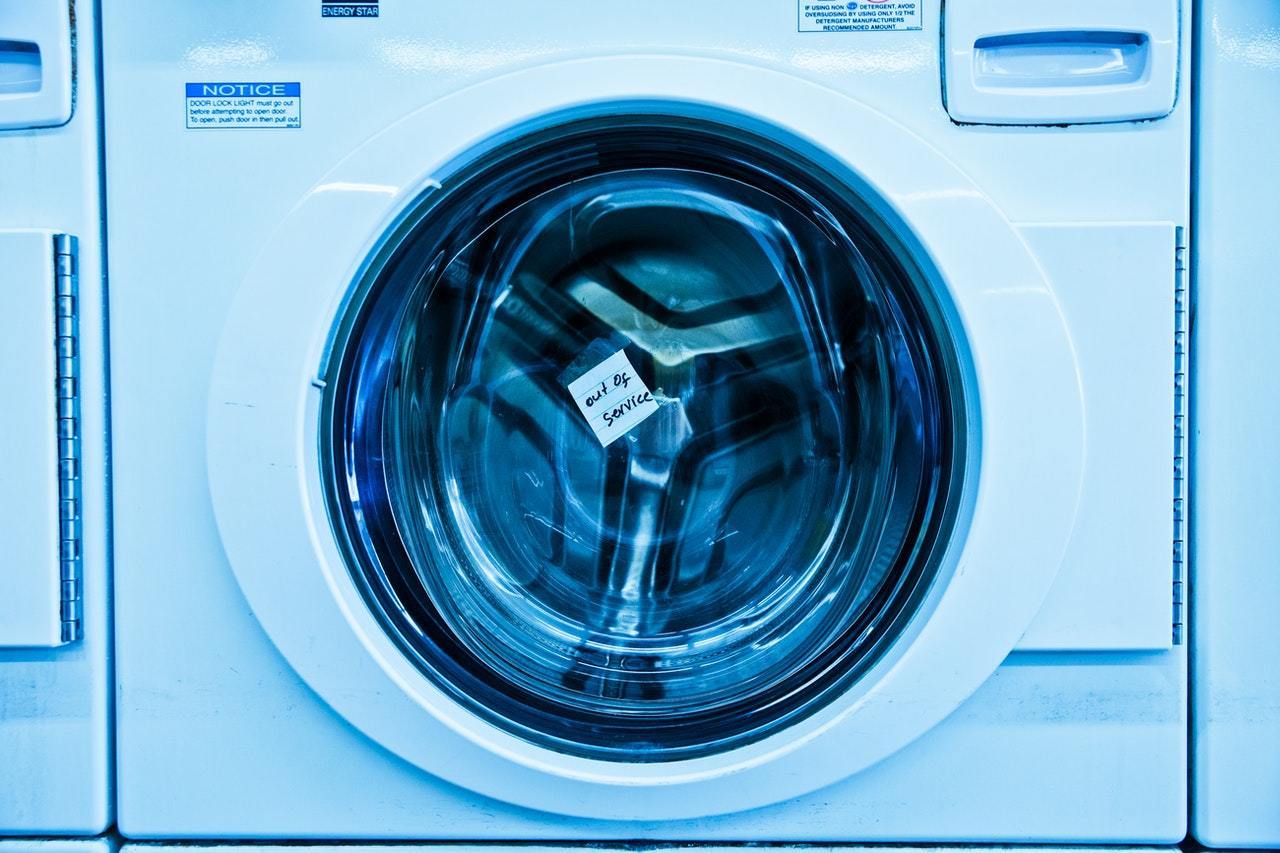
Photo by Ekaterina Belinskaya from Pexels
Dogs beds are often forgotten until we can no longer stand the smell of it. However, waiting until your pet's smelly bed demands attention will make it harder to clean, and it may not be the best thing for your dog either. Therefore we must tend our dogs often.
How dirty are dog beds?
In a study conducted by the International Scientific Forum on Home Hygiene (IFH), domestic animals can carry disease-causing organisms, including viral, bacterial, and fungal species. Even though your pet may not look sick, some infections can be passed from animals to people when you pet them or come into contact with their saliva, vomit, feces, or other bodily charges, and many of these disease-causing organisms can live in the environment - including your pet's bed for up to a year.
How often do you clean your pet's bed?
When determining how often you wash the dog's bed, you should consider your pet's activity level, how much the shed, and the amount of time they spend outdoors. You should consider your health as well. You may want to clean the bed more often if these factors are high because the longer you go between washes, the harder it is to clean it.
How to clean pet bed with removable cover
The advantage of pet beds with removable covers is that you can remove the covers to clean it and clean the actual bedding material. These types of dog beds can be washed in a washing machine using non-toxic laundry detergent.
If the removable dog bed cover cannot be cleaned by machine, you will have to get it cleaned by hand. Although it is a long process as it takes a lot of time and effort. Here's how to do it:
- Vacuum the bed cover while it's still over the bed to get rid of fur, dander, or other debris. You can also use a lint roller, but vacuum cleaning is more effective and offers a deeper clean.
- Fill a shallow basin with warm water and add about 1/4 cup of baking soda. Stir the water and soak the removable cover for 15 minutes. Baking soda can help to neutralize the odor.
- If there are stains, use a non-toxic stain remover, then apply the product directly to the stain and spot clean using a clean towel. Rub gently so that you won't damage the fibers of the material.
- Rinse the product before scrubbing the rest of the cover with a mild laundry cleaner. Use a soft-bristled brush to rub off any dirt, debris, or stain.
- Rinse off all the cleaning products thoroughly before wringing it to dry.
How to Clean the Bedding
Whether your dog bed doesn't contain a removable cover or the actual bedding itself, you still require deep cleaning to ensure that any flea, tick, or microorganisms are killed. Moreover, stains caused by urine, damp mud, and drools can penetrate from the outer cover, which leaves the bedding material dirty.
Here's what you can do to clean your dog's bed thoroughly:
- Vacuum the bed. This is a tricky process because of the tight spaces found between the padding and seams. Use a vacuum attachment that will clean those hard-to-reach areas. Make sure to vacuum the entire bed thoroughly.
- The stains in your bedding material should be dealt with at a deeper lever first before washing or soaking it. When the stains are left for too long, it clings to the material. To get rid of pet urine, drool, wet mud, or other stains found on a dog bed, spot clean it using an enzyme cleaner and a damp towel.
- Soak the bed in warm, soapy water. Soaking the bedding material in warm, soapy water can kill bacteria and tackle dirt efficiently. Fill a large tub with enough water and put laundry detergent in it. Submerge the bedding for 10 to 15 minutes, then use your hands to press down the bed so that the dirt trapped within the padding is pushed out. If the water turns brown, replace it with a fresh soapy water solution, then submerge for another 5 minutes.
- Rinse the bedding thoroughly and make sure that all detergent traces are gone as your pet might be allergic to certain ingredients found in these detergents. The best way to rinse the bedding material is to rinse it in the tub; you washed the bedding. It will require a couple of rinses, and you need to knead it to push as much of the detergent as possible.
- After the bed is thoroughly rinsed, squeeze the different bedding sections to get rid of the excess water. It is crucial to get rid of as much excess water as possible so that the bed will dry fast. Avoid too much wringing as it can warp or damage the padding. Place it outdoors in direct sunlight to dry the bedding out.
